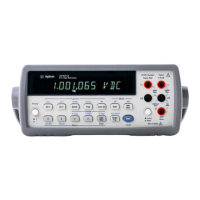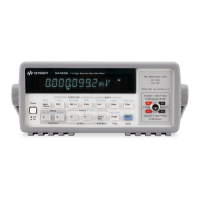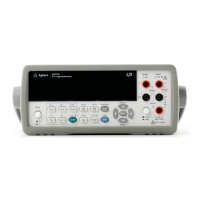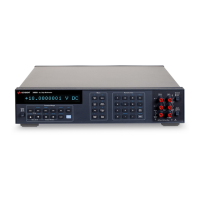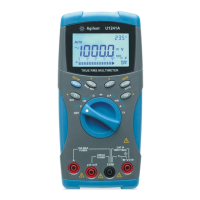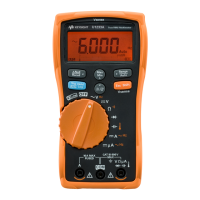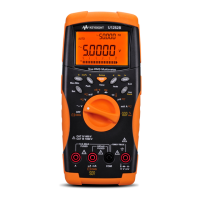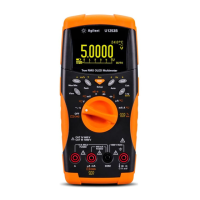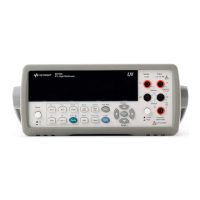66 34405A User’s and Service Guide
3 Measurement Tutorial
AC Current Measurement Errors (Burden Voltage)
Burden voltage errors, which apply to DC current, also apply to AC
current measurements. However, the burden voltage for AC current is
larger due to the multimeter's series inductance and your measurement
connections. The burden voltage increases as the input frequency
increases. Some circuits may oscillate when performing current
measurements due to the multimeter's series inductance and your
measurement connections.
Low–Level Measurement Errors
When measuring AC voltages less than 100 mV, be aware that these
measurements are especially susceptible to errors introduced by
extraneous noise sources. An exposed test lead acts as an antenna and a
properly functioning multimeter will measure the signals received. The
entire measurement path, including the power line, acts as a loop antenna.
Circulating currents in the loop create error voltages across any
impedances in series with the multimeter's input. For this reason, you
should apply low–level AC voltages to the multimeter through shielded
cables. You should connect the shield to the input LO terminal.
Make sure the multimeter and the AC source are connected to the same
electrical outlet whenever possible. You should also minimize the area of
any ground loops that cannot be avoided. A high–impedance source is
more susceptible to noise pickup than a low–impedance source. You can
reduce the high–frequency impedance of a source by placing a capacitor in
parallel with the multimeter's input terminals. You may have to
experiment to determine the correct capacitor value for your application.
Most extraneous noise is not correlated with the input signal. You can
determine the error as shown below.
Correlated noise, while rare, is especially detrimental. Correlated noise
always adds directly to the input signal. Measuring a low–level signal with
the same frequency as the local power line is a common situation that is
prone to this error.
Voltage Measured = V
in
2
+ Noise
2
34405A users guide.book Page 66 Saturday, September 2, 2006 3:38 PM
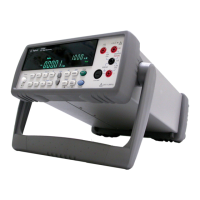
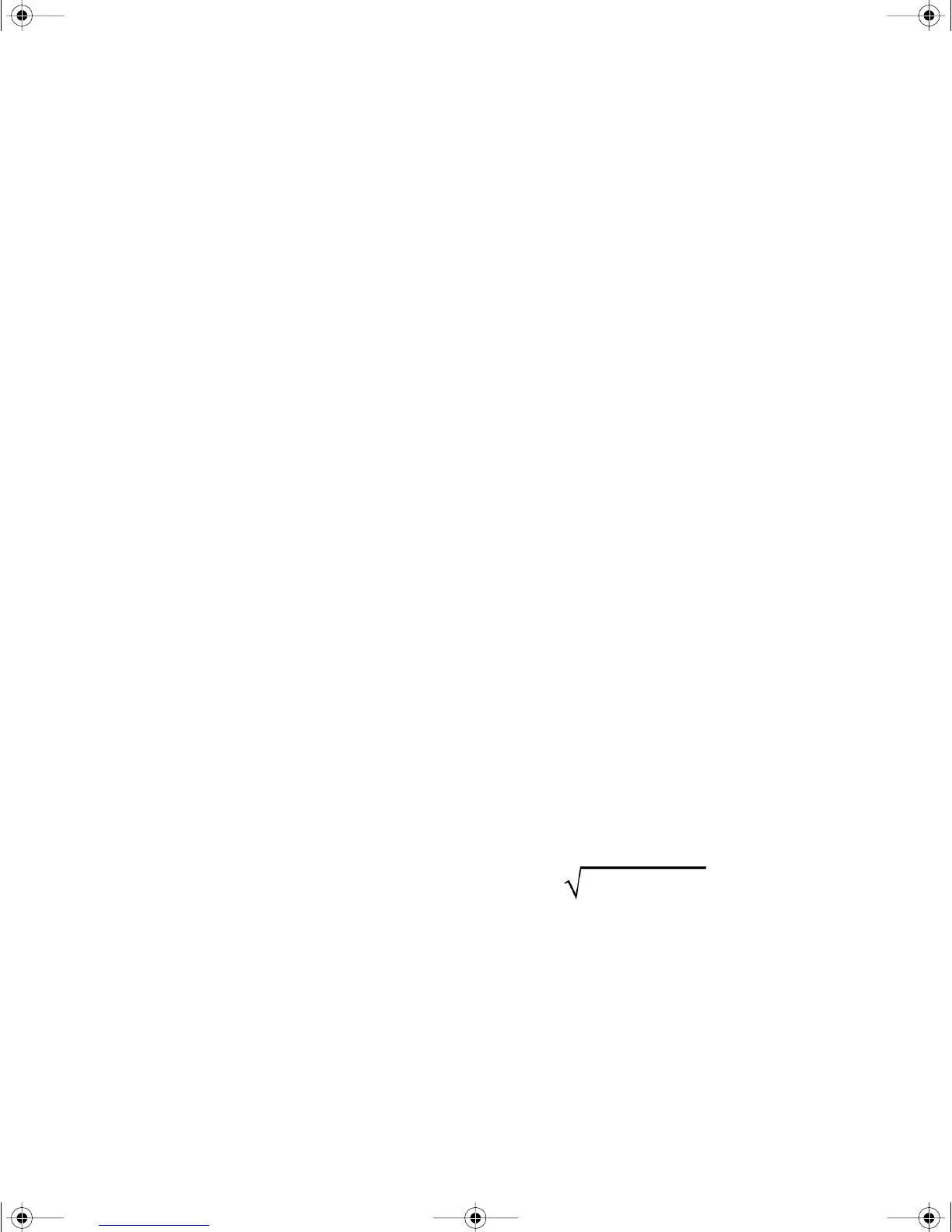